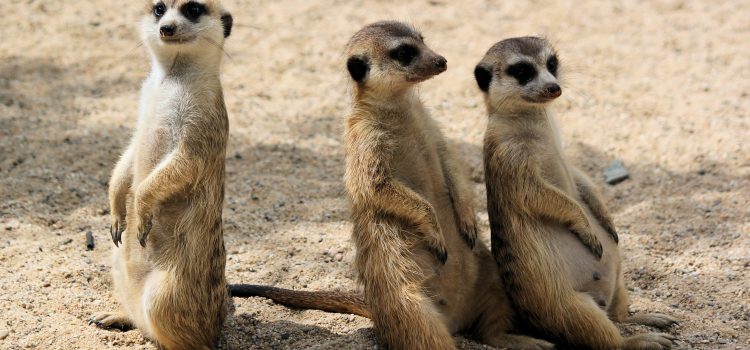
When it comes to the animal kingdom, there are a variety of approaches to relationships. Some species form life-long bonds with their partners, while others engage in multiple relationships throughout their lifetime. But what exactly determines which animals stay together for life and which don’t?
One key factor is the level of parental investment required by each species. For example, birds that engage in long-term pair bonding often have offspring that require extensive care and feeding. By sticking together, these birds are able to divide the workload and ensure the survival of their offspring.
On the other hand, species with offspring that require less parental investment, such as many reptiles and fish, tend to engage in more casual mating behaviors. This allows them to maximize the number of offspring they produce, without sacrificing their own survival or the survival of their offspring.
Another factor that can influence pair bonding is the level of competition for resources. For example, if food or shelter is scarce, it may be beneficial for two animals to form a long-term partnership in order to better secure these resources. This is often the case with monogamous primates, who live in complex social groups and face intense competition for food and other resources.
Interestingly, the level of aggression within a species can also impact pair bonding. For example, some species of birds are monogamous because males become extremely aggressive towards other males during mating season. By forming a bond with a single female, they are able to focus their aggression on defending their partner and offspring, rather than competing with other males.
Finally, there is evidence that genetics and environmental factors may also play a role in determining whether an animal forms a long-term bond with a partner. For example, studies have shown that the presence of certain hormones, such as oxytocin, can increase the likelihood of pair bonding in some species. Additionally, environmental stressors such as food scarcity or habitat destruction can disrupt pair bonding behaviors in some animals.
In conclusion, the decision to form a long-term bond with a partner is influenced by a variety of factors, including parental investment, competition for resources, aggression levels, genetics, and environmental factors. While some species are more likely to form life-long partnerships than others, the intricacies of these relationships provide fascinating insights into the complex world of animal behavior.










